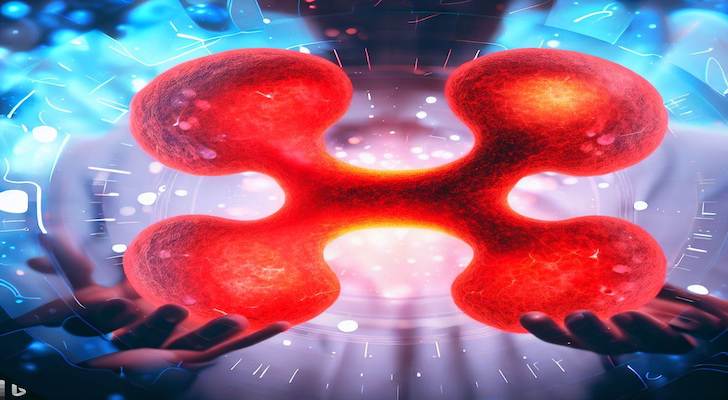Chronic Myeloid Leukemia Symptoms, Prognosis, and Treatment: A Comprehensive Guide

Understanding Prognosis and Staging:
Prognosis refers to the likely outcome of a disease, including the chances of recovery or survival. In CML, the prognosis is influenced by several factors, including the phase of the disease, the patient’s age, overall health, and response to treatment.
Chronic Phase: When CML is diagnosed early and remains confined to the bone marrow, it is considered to be in the chronic phase. Patients in this stage generally have a better prognosis and respond well to treatment.
Accelerated Phase: If CML progresses despite treatment, it may enter the accelerated phase, where the abnormal cells start to multiply rapidly.
Blastic Phase: This is an aggressive and critical phase where CML transforms into a rapidly progressing acute leukemia. It is associated with a poorer prognosis. Staging in CML is based on the number of blast cells in the blood and bone marrow, as well as the size of the spleen. Staging helps determine the appropriate treatment approach.
